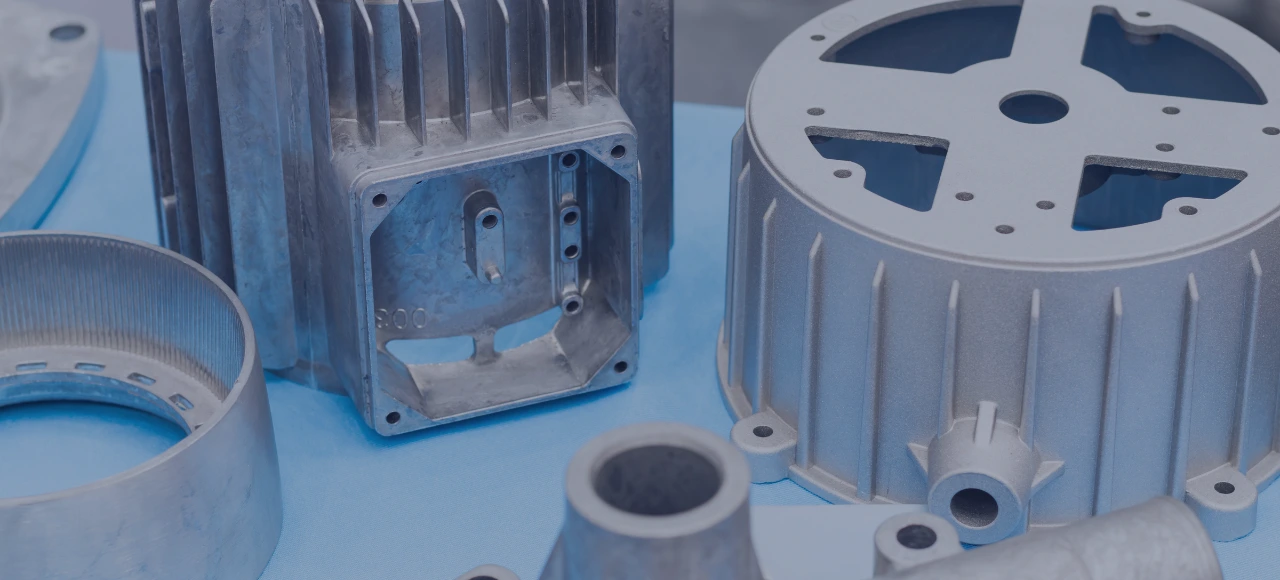The automotive industry has witnessed tremendous growth, with over 1.5 billion vehicles in use globally. However, this growth has also raised concerns about its impact on global warming and reliance on critical materials. To address these challenges, the industry is increasingly turning to plastics and composites for vehicle manufacturing.
By 2025, plastics and composites are expected to make up 8% of a production vehicle’s total material share. This shift towards light weighting through plastics is driven by factors such as fuel efficiency, reduced emissions, the rise of electric and hybrid vehicles, and the significance of shared mobility.
Plastic Car Parts Components
Let’s explore how plastic parts production leverage the advantages of lightweight materials.
Vehicle Bumpers: Plastic bumpers are commonly produced using injection molding techniques. They offer excellent impact resistance while being significantly lighter than their metal counterparts. Lightweight bumpers improve fuel economy while enhancing safety by absorbing energy during collisions.
Interior Panels: Interior panels made from plastics offer weight reduction benefits without compromising on aesthetics or functionality. These panels can be molded into various shapes and sizes using processes like thermoforming or compression molding.
Engine Covers: Plastic engine covers provide insulation against heat while reducing overall weight compared to metal alternatives like aluminum or steel. Injection molding enables complex designs with integrated functionalities such as vibration dampening or noise reduction.
Cable Insulation: Plastics serve as ideal insulating materials for wiring harnesses due to their electrical properties and resistance to temperature extremes. They contribute to weight reduction by replacing traditional metal conduits.
Plastics are preferred over metals in these applications due to their lighter weight, impact resistance, and impressive tensile strength. By utilizing lightweight plastics, automotive components manufacturers can achieve significant fuel efficiency improvements and reduce carbon emissions.
Manufacturing Processes For Automotive Plastic Parts
Various manufacturing processes are employed to produce plastic components used in the automotive industry. Let’s explore some commonly used techniques:
Injection Molding: Injection molding is a widely used process for producing high volumes of complex plastic parts with excellent dimensional accuracy. It allows for intricate designs and integrated functionalities while enhancing part strength and corrosion resistance. Injection molding also offers cost-effective production with reduced material waste.
Blow Molding: Blow molding is suited for producing hollow plastic parts such as air ducts and fuel tanks. This process involves inflating molten plastic within a mold cavity, resulting in lightweight structures of consistent thickness. It enables high-volume production at a lower cost compared to other methods.
Comparison between Injection Molding and Blow Molding
| Characteristics | Injection Molding | Blow Molding |
|---|---|---|
| Process Complexity | Complex shapes with intricate details | Hollow parts with consistent thickness |
| Production Volume | High | High |
| Material Versatility | Wide range of plastics | Limited to specific materials (HDPE, PET) |
| Tooling Cost | Moderate to high | Moderate |
| Cycle Time | Short | Longer than injection molding |
Thermoforming: Thermoforming is suitable for producing large, complex parts at relatively low tooling costs compared to injection or compression molding. This process involves heating a thermoplastic sheet until it becomes pliable, and then shaping it using a mold. Thermoforming offers design flexibility, rapid prototyping, and efficient production.
Compression Molding: Compression molding is well-suited for small production runs or parts requiring even thickness or complex shapes. It involves placing pre-heated plastic materials into a heated mold cavity and applying pressure to achieve the desired shape. Compression molding offers excellent part strength and surface finish.
Challenges Faced by Plastic Car Parts Manufacturers
Plastic car parts manufacturers face various challenges in the industry that affect their operations and growth. Let’s discuss some of these challenges:
- Skilled Labor Shortage: As technology advances, the demand for skilled workers in the plastic manufacturing industry is increasing. The shortage of skilled laborers proficient in operating advanced machinery poses a challenge for plastic car parts manufacturers.
- Supply Chain Disruptions: The COVID-19 pandemic highlighted the vulnerability of global supply chains, with factory shutdowns and disruptions affecting automotive plastics production. Dependence on international suppliers and logistics issues resulted in material shortages, delayed deliveries, and increased costs.
- Waste Management and Pollution: The non-decomposable nature of plastics presents challenges in waste management and pollution control. Proper disposal, recycling, and adopting sustainable practices are crucial to minimize environmental impact.
Summarizing…
In conclusion, plastics play a significant role in automotive manufacturing, enabling light weighting and design flexibility while contributing to fuel efficiency improvements and reduced emissions. Plastic car parts manufacturers leverage lightweight advantages through components like bumpers, interior panels, engine covers, and cable insulation. Various manufacturing processes such as injection molding, blow molding, thermoforming, and compression molding enable cost-effective production with high precision.
Despite the challenges faced by plastic car parts manufacturers due to skilled labor shortages, supply chain disruptions during the pandemic, and waste management concerns; they continue to drive innovation in the industry. Their contribution to light weighting and design advancements has a positive impact on vehicle performance and environmental sustainability.
FAQs
Plastics components help reduce vehicle weight, leading to improved fuel efficiency and lower emissions. Lightweight plastics also enable the integration of alternative powertrains, such as hybrid and electric vehicles.
The advancement of technology in plastic manufacturing creates a demand for skilled workers who can operate machinery and keep up with evolving processes. The shortage of qualified labor poses a challenge in maintaining production capacities.
To tackle waste management and pollution concerns, initiatives focus on increasing recycling rates for plastics, promoting the use of biodegradable or compostable materials, and developing sustainable alternatives through research and innovation.








